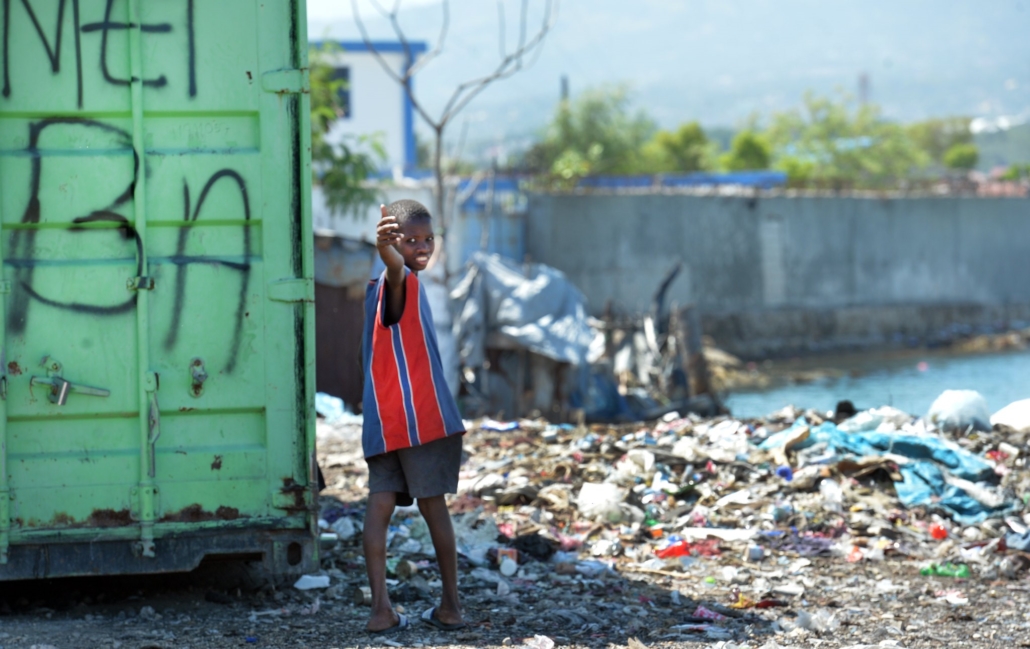Assistance to Haiti After a Devastating Earthquake

On August 14, 2021, a powerful earthquake hit the Caribbean country of Haiti more than 11 years after the last devastating earthquake struck on January 12, 2010. Like its predecessor, the recent quake has brought about widespread destruction and loss in Haiti. Multiple organizations have stepped in to provide assistance to Haiti during this time of need.
Comparisons to the 2010 Earthquake
The 2010 earthquake that struck Haiti measured 7.0 on the Richter Scale, followed by multiple aftershocks. Recorded history indicates that the 18th century was the last time the country experienced such a powerful tremor. The quake exposed the weaknesses of Haitian building infrastructure due to the country’s “lack of building codes.” Haiti’s electrical power system was similarly unreliable. Estimates indicate that the 2010 catastrophe affected some 3 million people.
2021 Haiti Earthquake Facts
Measuring at 7.2 on the Richter Scale, the recent earthquake has led to the deaths of more than 2,200 Haitians. Around 12,200 people have experienced injury and hundreds of citizens are missing. Infrastructure wise, the earthquake destroyed and damaged about 132,000 homes, 20 schools and 25 medical centers. Of all the Haitian cities, the earthquake hit Jeremic and Le Cayes the hardest. According to seismologists, the earthquake epicenter was located some 78 miles west of Port-au-Prince. Experts also believe that the quake occurred along the same fault line as the region’s 2010 earthquake.
Assistance to Haiti
To date, search and rescue teams are working to locate and recover missing Haitians. Humanitarian organizations have also engaged themselves in relief efforts. One such organization, World Vision, has distributed emergency hygiene kits and food supplies to 6,000 Haitians. Across a five-year span following the 2010 catastrophe, World Vision made measurable impacts, providing millions of affected people with food supplies and hundreds of thousands with shelter, among other efforts.
Additionally, the organization built new schools and established feeding programs for the many displaced, hungry children. The severity of the recent earthquake necessitates similar aid. As such, World Vision’s next target is to provide medicine, shelters, food, water purifiers, agricultural support, child protection efforts and other forms of assistance to an additional 240,000 people.
How to Help
To ensure comprehensive aid, humanitarian groups welcome assistance to Haiti from third parties in the private sector. Organizations also encourage interested individuals and institutions to donate to their disaster relief funds. Another option for ensuring that Haiti receives aid involves sponsoring a child through these same organizations. Besides providing essential services for the child, the sponsorship also provides access to education and healthcare.
Humanitarian groups are coordinating relief efforts with partners to better assist those in need, especially in areas where essential goods and services such as food, water and electricity are in high demand. Many consider Haiti to be one of the most impoverished countries globally. The combined efforts of concerned individuals and humanitarian organizations can help promote the country’s long-term recovery from the cumulative effects of natural disasters, economic problems, the COVID-19 pandemic and widespread social unrest.
– Jared Faircloth
Photo: Flickr
